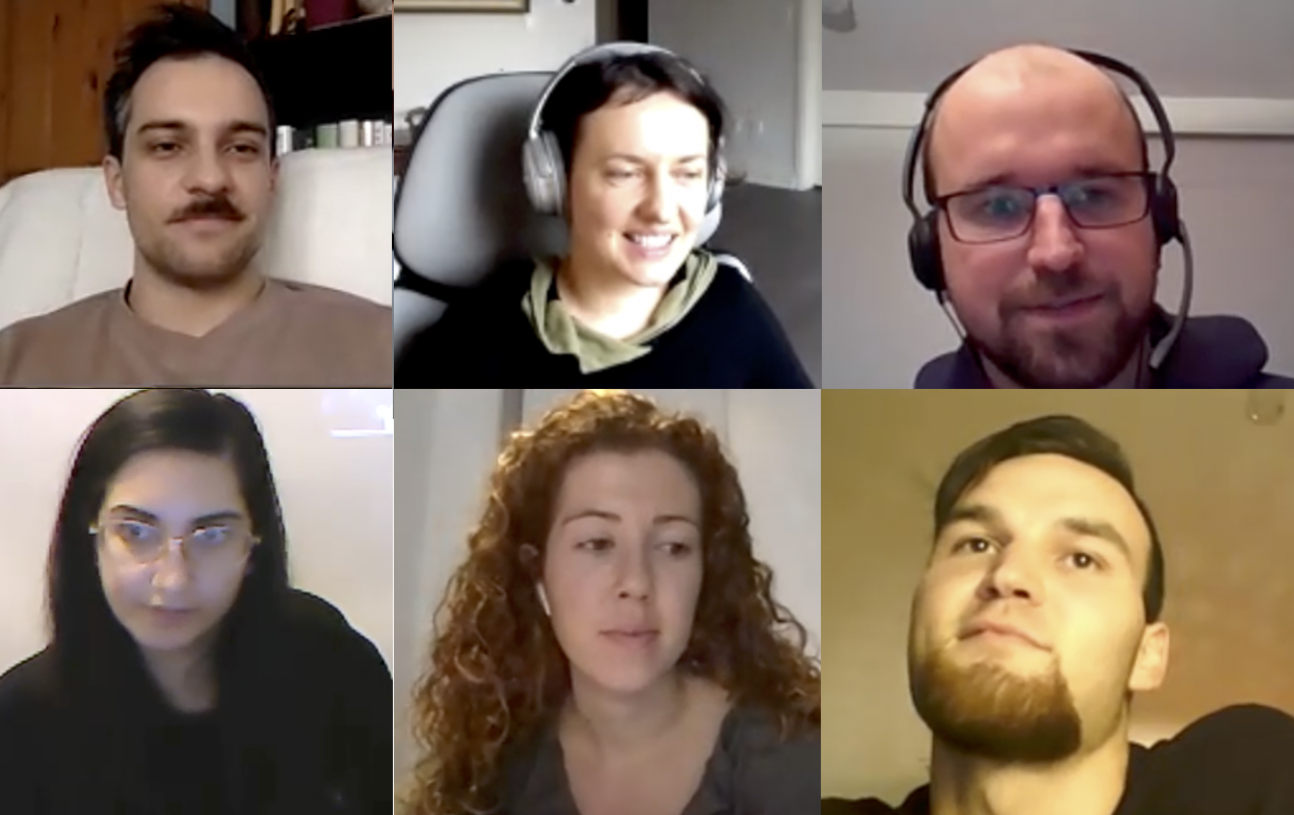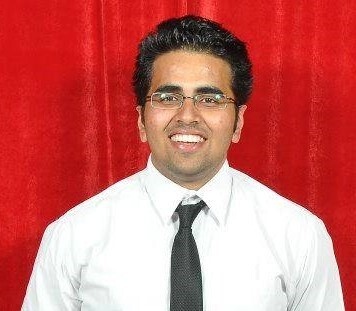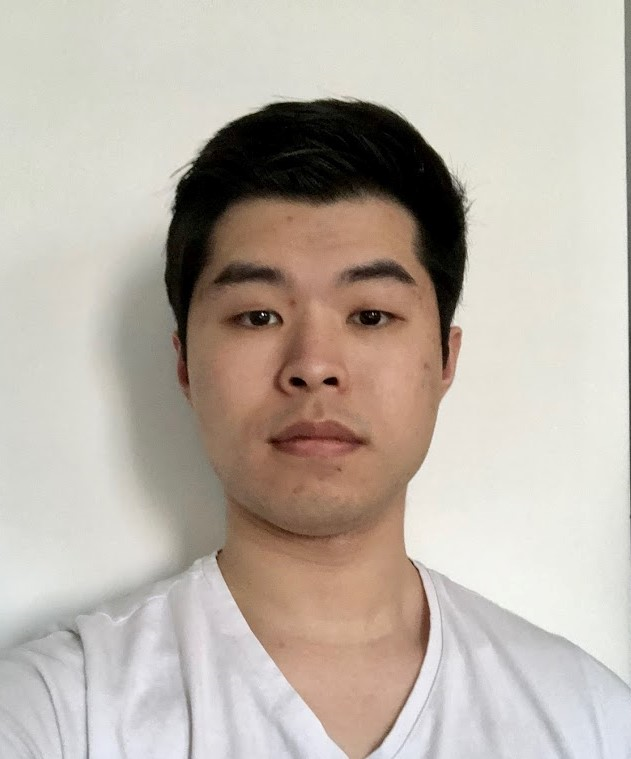Computational assays for individual treatment predictions in first episode psychosis ($325,124 over 4 years)
Schizophrenia is a severe mental illness characterized by psychotic symptoms, such as hallucinations and delusions. A key challenge is the treatment response heterogeneity across patients: despite similar initial symptoms, patients often show divergent disease trajectories over time, and some symptoms persist in spite of treatment. Neuroleptic medication that targets either dopamine or acetylcholine receptors or both neuromodulatory systems is used to treat schizophrenia. However, there are no clinical tests to guide treatment and predict which individual patient will benefit from which type of pharmacological intervention. Consequently, treatment decisions rely on a trial-and-error process, which places a severe burden on patients. To overcome this impasse, this project introduces a neurocomputational approach for understanding the emergence of psychosis symptoms focusing on key pathologies of dopaminergic and cholinergic systems using reward and social learning paradigms combined with validated mathematical models of cortical computation. To examine the clinical validity of this approach, we propose a study with mixed cross-sectional and prospective design in first episode psychosis (FEP) patients. As this is a purely prospective study, we do not assign FEP patients to any treatment or diagnostic procedure. Instead, we use a cross-sectional comparison, contrasting two groups of FEP patients for whom the treating psychiatrist has decided that pharmacological intervention is necessary: Patients who respond (R+ group) and do not respond (R- group) to first-line neuroleptic medication are recruited and assessed using noninvasive brain imaging between 96 hours before and 120 hours after medication is initiated. As this computational approach is a mechanistic model embedded in neurophysiology, it characterizes the key cognitive and neurobiological causes of psychosis, in order to inform treatment intervention strategies.
Dr. Andreea Diaconescu is a cognitive and computational neuroscientist, with particular interest in mathematical modelling of maladaptive behaviour and whole-brain dysconnectivity. At KCNI she leads a team focused on developing and validating mathematical models that infer subject-specific disruptions in connectivity and information processing in brain networks from neuroimaging, electrophysiological, and behaviour measures. These computational models are used to address concrete clinical questions in psychiatry, such as treatment response predictions in psychoaffective disorders.
Collaborators: George Foussias, Aristotle Voineskos, Ariel Graff, Nicholas Neufeld (CAMH)
April 2021

The COGNeMo team (pictured left to right): Peter Bedford, Andreea Diaconescu, Daniel Hauke, Gabrielle Allohverdi, Colleen Charlton, and Povilas Karvelis.
IMS Open UofT Fellowship


Shreyas Harita (pictured on the left), is a doctoral student, analyzing the downstream spatial connectivity of rTMS targets using multimodal neuroimaging techniques, in Dr. John Griffiths lab (pictured on the right) at the Krembil Centre for Neuroinformatics at CAMH.
Towards precision repetitive transcranial magnetic stimulation (rTMS) targeting with connectome-based neural mass modelling ($5,000, 1 year)
Repetitive transcranial magnetic stimulation (rTMS) is an emerging alternative to existing treatments for major depressive disorder (MDD). However, its effects are variable, which may be related to individual differences in structural and functional brain connectivity. Previous approaches to finding a target site for rTMS have focused on individual brain regions implicated in MDD, such as the dorsolateral prefrontal cortex (dlPFC) and orbitofrontal cortex (OFC). Owing to the heterogeneity of MDD, not all patients respond to dlPFC-rTMS. So investigating alternate rTMS targets (like the OFC) is crucial. Preliminary findings from our work suggest that additionally considering the connectivity of these sites (i.e. wider set of brain regions that are mono- or polysynaptically activated by rTMS stimulation) may be useful. Specifically, the dlPFC and OFC appear to be preferentially connected with different parts of the default mode network (DMN) across individuals. The abnormal connectivity of this network has been implicated in MDD. Therefore, evidence of inter-individual variability in the DMN’s connections with the OFC and dlPFC implies that stimulating these regions will have different downstream effects on the functional connectivity with this network. In other words, stimulating the dlPFC and OFC may have different treatment effects across individuals, introducing a possibility for personalizing rTMS treatment. We will investigate how rTMS stimulation affects the OFC’s functional and structural connectivity to determine whether and how a network-based targeting approach may be optimized for OFC-rTMS therapies.
Shreyas Harita under John Griffiths' lab
December 2020
Implications of reduced inhibition in depression on human cortical microcircuit activity ($10,000, 1 year)
Cortical processing relies on a fine balance between cell-type specific interactions in microcircuits. In brain disorders such as autism, epilepsy and major depressive disorder (MDD), this balance is altered by reduced somatostatin interneuron mediated inhibition and dendritic atrophy in pyramidal neurons. To investigate the effects of these changes, we are integrating human molecular, cellular, and circuit data to generate detailed models of human layer 2/3 cortical microcircuit in health and MDD and simulate activity during baseline and response. We aim to test the current leading hypothesis of decreased signal to noise ratio in cortical processing in MDD due to an increased baseline activity and reduced response. Our work will provide insights into the mechanisms of MDD symptoms such as rumination.
Kant Yao under Etay Hay's lab in collaboration with Dr. Etienne Sibille and Dr. Taufik Valiante
November 18, 2020
UofT Physiology Graduate Stimulus Package


Kant Yao (pictured on the left), is a Graduate student (MSc), studying somatostatin synaptic inhibition and human cortical circuit processing in health and depression under Dr. Etay Hay (pictured on the right) at the Krembil Centre for Neuroinformatics at CAMH.
Canadian Open Neuroscience Platform


Ethan Kim (pictured on the left), is a Master's student at the University of Toronto, studying neuroinformatics under Dr. Leon French (pictured on the right) at the Krembil Centre for Neuroinformatics at CAMH.
Development and application of a laminar-specific gene expression meta-analysis of the primate neocortex ($25,000, 1 year)
The cerebral cortex has a distinct six-layered structure that functions in high-level cognitive functions such as consciousness and perception. The scientific community has made considerable advances in understanding its cellular, molecular and laminar architecture. Improved knowledge of the molecular architecture of the cortex will provide deeper insight into the patterns of neuropsychiatric disorder susceptibility and thus help target future research efforts. Using multiple transcriptomic profiles of the human and primate cortex, we will create an online tool to visualize and examine gene expression across the human and primate brain's cortical layers. We will also test for enrichment of specific molecular functions and disease-associated genes to better understand the roles of each layer in the context of mental health.
Ethan Kim under Leon French's Lab
October 22, 2020
The fabric of the primate neocortex and the origin of mental representations: From transcriptomics to single neurons and neuronal networks ($625,000, 5 years)
A distinctive feature of intelligence is being able to represent objects “in the mind,” without the need to see them directly. The NeuroNex – Working Memory (NXWM) initiative will systematically explore the specializations that allows the brain to produce mental representations. The international, multicentre team – including 16 labs at nine institutions in the U.S., Canada and Germany – will scrutinize for new molecules, cell types and patterns of brain activity and behaviour, then use advanced computational techniques to assemble the knowledge in an integrated quantitative model of “mental brain networks.” CAMH’s Krembil Centre for Neuroinformatics will co-develop advanced computational techniques for the initiative.
Amy Arnsten, John Murray, David Lewis, Guillermo Gonzalez-Burgos, Steve McCarroll, Xiao-Jing Wang, Julio Martinez-Trujillo, Lyle Muller, Wataru Inoue, Stefan Everling, Shreejoy Tripathy, Stefan Treue, Jochen Staiger, Andreas Neef and Fred Wolf (Co-PIs)
October 7, 2020
Team Grant - Next Generation Networks for Neuroscience (NeuroNex) Competition
Canadian Institutes of Health Research

Shreejoy Tripathy, Independent Scientist at the Centre for Addiction and Mental Health (CAMH) and Assistant Professor in the Department of Psychiatry at the University of Toronto
2020 Spring Project Grant: Canadian Institutes of Health Research

Dr. Erin Dickie, Project Scientist at the Centre for Addiction and Mental Health and Assistant Professor in the Department of Psychiatry, as well as, a cross-appointment with the Krembil Centre for Neuroinformatics.
Identification of functional connectivity biomarkers of social cognition across schizophrenia and autism: A longitudinal and dimensional approach ($566,101, 4 years)
Social cognition has emerged as an important predictor of functional outcome in individuals with schizophrenia spectrum disorders (SSD) and autism spectrum disorders (ASD). Even though social cognitive impairments are major drivers of the severe societal and personal impact of these disorders, few treatment options for social deficits are available. This project continues ongoing work that studies social processes in individuals with SSD, ASD and typically developing controls, using a comprehensive battery of social, cognitive, clinical and functional behavioural assessments, and multimodal neuroimaging. The first aim of this study will be to refine “latent” brain-behaviour dimensions cutting across participants with SSD or ASD or typically developing controls. The second aim is to retest a subset of participants and establish whether these proposed underlying dimensions are stable over time. These findings could inform the development of mechanism-based treatments to enhance social cognition and social function in people with SSD or ASD.
Erin Dickie, Colin Hawco and Stephanie Ameis (Co-PIs), Aristotle Voineskos, George Foussias, Meng-Chuan Lai, Anil Malhotra, Robert Buchannan
October 7, 2020